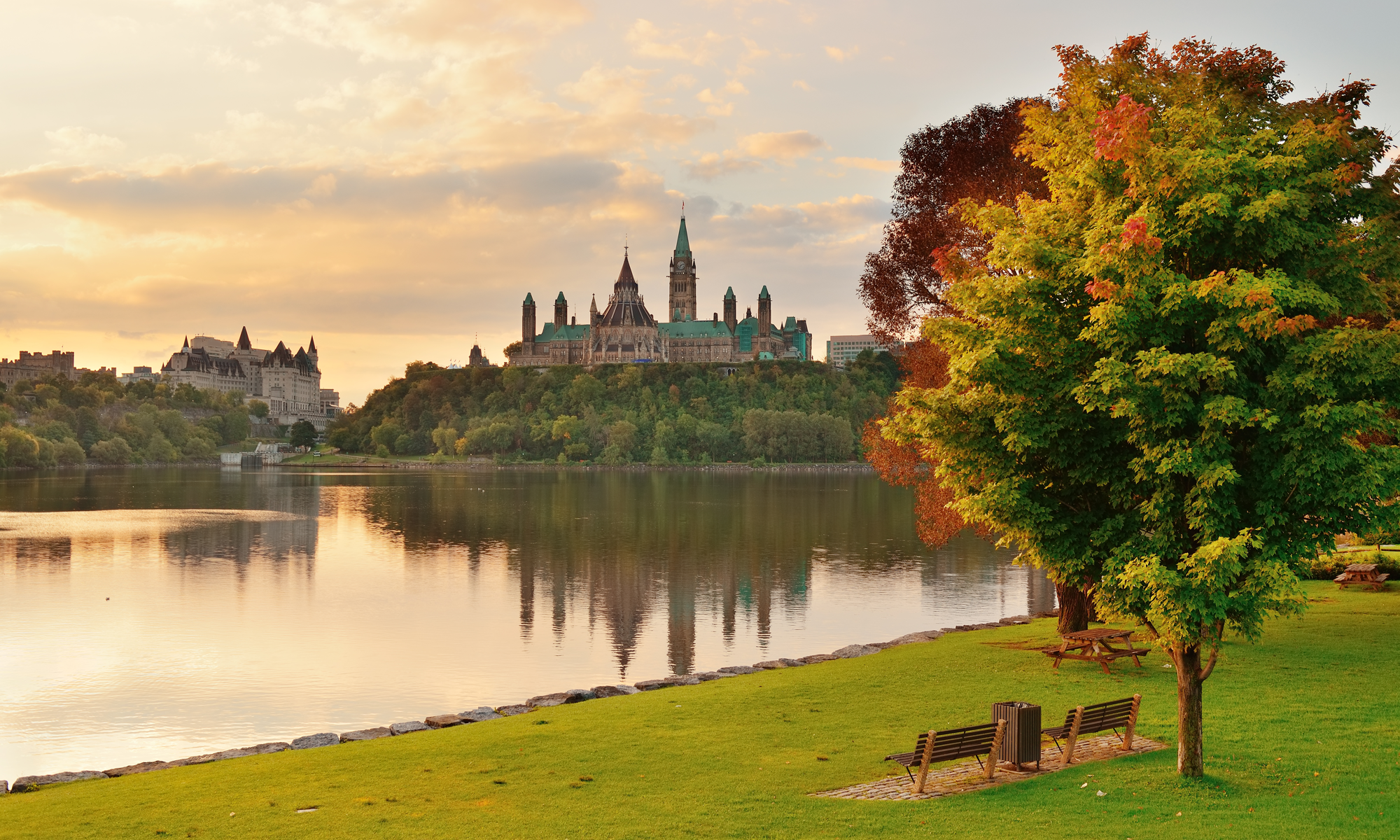Of the nearly 117,000 Canadians who have died in all wars, thousands have no known grave.
According to this 2021 news release “The (DND) Casualty Identification Program aims to identify the remains of more than 27,000 Canadian war dead so that they may be buried with their name, by their regiment, and in the presence of family. Since 2007, the Program has successfully identified the human remains of 31 Canadian soldiers, while five sets of remains have been buried as unknown soldiers when identification was not possible.”
In 14 years, 31 remains have been identified. At that rate, it will take over 12 millennia to complete the job.
Even that isn’t realistic. Many of the missing are interred but unidentified. With the Commonwealth War Graves Commission not permitting exhumations for the purposes of identification, including to extract DNA samples, they are destined to remain unidentified.
Those investigated are of newly discovered remains. Based on the stats above there’s an 86% chance of identification of those by name.
That success rate might be increased using autosomal DNA matching. However, as the article ARE CASUALTIES FROM THE WORLD WARS STILL FOUND? recently posted to the CWGC website makes clear, only Y-DNA and mitochrondrial tests are used.


That is very interesting. The numbers are staggering and I can see why the identification process is very time consuming for this very important work.
It makes me think that maybe some of this can be made a bit easier if those descendants that have soldiers missing from WWI and WWII consent to and enter into a database and register either their YDNA or mitochondrial results for matching.